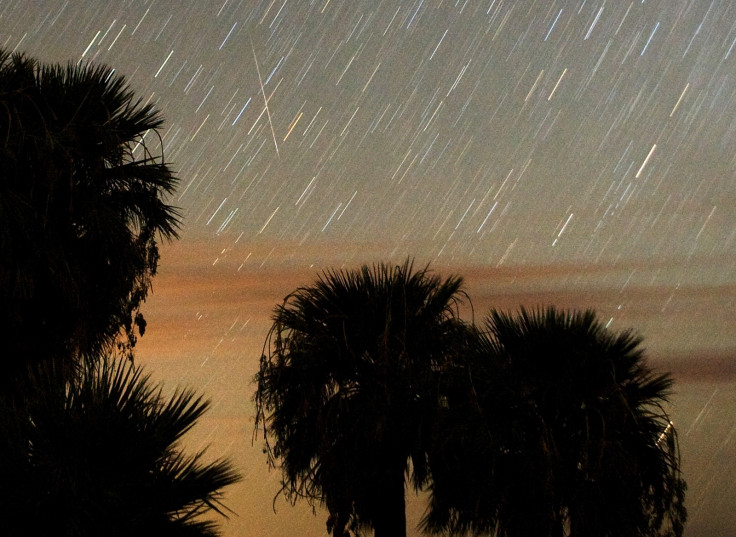Leonid meteor shower 2017: Where and when to watch the stunning show of 'shooting stars'
The famous cosmic event occurs when Earth passes through the trail of debris left behind by icy comet Tempel-Tuttle.
Skygazers are up for a treat later this week as the annual Leonid meteor shower will kick in on November 17, giving away some of the best views of the so-called 'shooting stars'.
The famous cosmic event, according to a report in National Geographic, occurs when Earth passes through the trail of debris left behind by icy comet Tempel-Tuttle.
As the celestial object closes in on the Sun, its ice melts and releases pieces of dust that get deposited on its orbital path in clumps.
Subsequently, when Earth crosses that path during the same period, most of these pieces burn up in atmosphere offering a stunning show of shooting stars.
The event could get intense on some occasions and trigger a storm of thousands of meteors, but this year sky-watchers should expect a modest shower with some around 15 meteors falling in an hour. The event will be at its peak late on 17 November till the predawn hours of the next day, when the skies will be darkest.
How to watch Leonid showers?

Although the Leonids get their name from constellation Leo – where they seem to originate, you don't have to look in any particular direction to get best views. People in the northern hemisphere will get the best seats to enjoy the stunning show, while those in the southern hemisphere can also get good views, depending upon the clarity of the night sky.
It is also worth noting that you don't need to carry binoculars or any kind of telescope to watch the meteor shower. Just find an open space like a city or state park with minimal light pollution, lie on the ground, and look in all directions of the night sky during the peak hours.





















